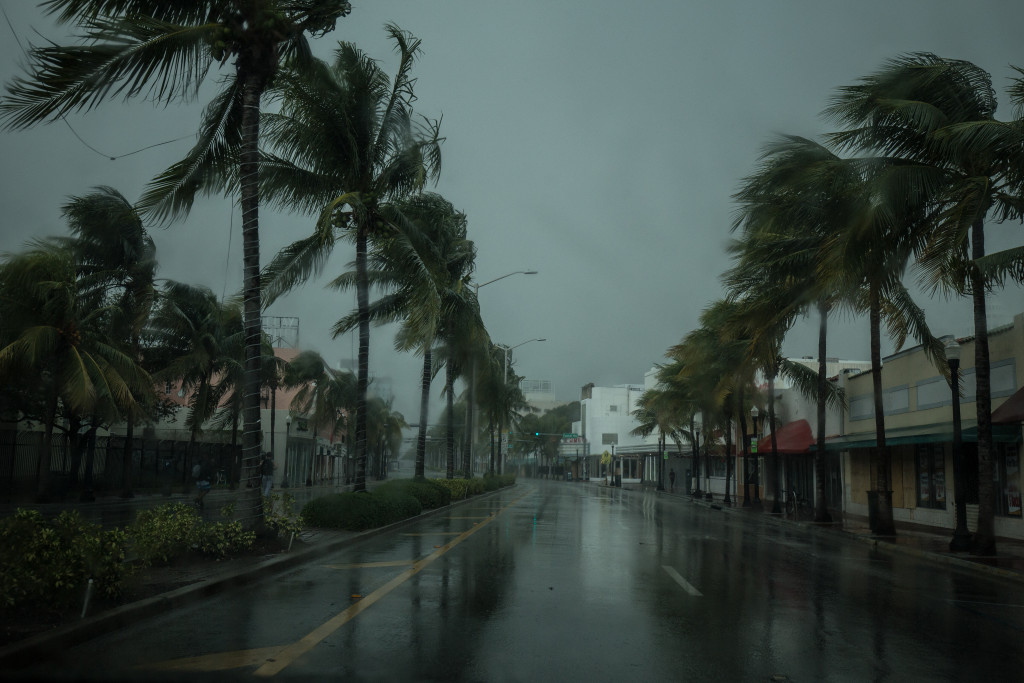No business owner ever wants to think about the possibility of a disaster striking their physical location. But the truth is, it can happen to anyone, at any time. Whether it’s a fire, a flood, or a break-in, the damage caused by a disaster can be significant—and expensive. That’s why it’s so important to have a plan in place for how you’ll deal with the aftermath of a disaster.
Possible Disasters and Their Effects on Your Business
Fire
A fire can start in your business for a number of reasons, including faulty wiring, an electrical appliance that was left on, or a spark from a welder.
The effects of a fire can be devastating for your business. In fact, fires have caused $15.95 billion worth of damage in the US in 2021 alone. Not only will the fire damage the physical structure of your building, but it will also destroy inventory, equipment, and documents. In addition, the smoke and soot from the fire can cause extensive damage to furnishings and equipment. If you have to evacuate your building due to a fire, you could lose customers and revenue as a result.
Floods
Floods can occur as a result of a storm, a broken water pipe, or melting snow. A flood can cause extensive damage to your business, including damage to the building, inventory, and equipment. In addition, a flood can contaminate your business’ water supply and cause mold and mildew growth. If you have to evacuate your building due to a flood, you could lose customers and revenue as a result.
Hurricanes
A hurricane is a type of storm that forms over warm ocean waters. It can cause damage to a business in a number of ways, including flooding, wind damage, and power outages. The hurricanes that hit the US form over the Atlantic ocean, and unfortunately, they have been steadily increasing in intensity.
Flooding is one of the most common and destructive effects of a hurricane. A hurricane can cause storm surges that can inundate coastal areas with seawater. This can damage or destroy businesses located in these areas.
Wind damage is also common during a hurricane. Flying debris can break windows and doors, and high winds can tear roofs off buildings or hurl objects through them. This can lead to extensive water damage as well as allow insects and other vermin to enter the building.
Power outages are another common occurrence during a hurricane. When power is out, businesses can’t operate, which can lead to lost revenue.
Earthquakes
An earthquake is a sudden, violent shaking of the ground caused by the movement of tectonic plates. Earthquakes can occur anywhere in the world and can cause extensive damage to a business.
The most common type of damage caused by an earthquake is structural damage to the building. This can include damage to the walls, ceilings, and floors as well as to the foundation of the building. In addition, earthquakes can cause objects to fall off shelves or be thrown around, which can lead to injuries to employees or customers. And if your business is located in an area that is prone to earthquakes, you may have to evacuate your building during an earthquake event.

Getting Your Business Back on its Feet
Here are four tips for getting your business back up and running after a disaster:
1. Contact your insurance company right away.
If you have business insurance, the first thing you need to do after a disaster strikes is to contact your insurer. They will be able to tell you what is covered under your policy and what steps you need to take next. Keep in mind that most policies have a timeframe for making claims, so don’t delay in getting in touch with your insurer.
2. Assess the damage and make a list of what needs to be repaired or replaced.
Once you’ve contacted your insurance company, take some time to assess the damage yourself. Make a list of everything that needs to be repaired or replaced, and include estimates for the cost of each item. This will be helpful when it comes time to file your insurance claim.
3. Get in touch with local contractors.
If you need help making repairs, contact local contractors who specialize in the type of work you need done. For example, if you’ve had water damage, find a contractor who specializes in water damage restoration. If your roof is damaged, get roofing contractors and experts. If your electrical wiring system is fried, you need electricians. Some contractors can provide all related services, so try to look for those. Getting multiple estimates is always a good idea so that you can compare prices and services before making a decision.
4. Stay organized and keep good records.
Throughout the entire process, it’s important to stay organized and keep good records. This includes keeping track of all correspondence with your insurance company as well as receipts for any repairs or replacements you make on your own. Having everything documented will make filing your claim much easier—and increase the chances that you’ll get the full amount of coverage you’re entitled to receive.
5. Set up shop in an alternative location
If you cannot get business back up and running your current location, you will need to set up shop in another space so that you can get operations back on track. Make arrangements for the work area. Have your equipment moved there, make sure the areas are well-lit and ventilated for workers, and inform any relevant stakeholders about your temporary change in location.
Final Thoughts
Dealing with the aftermath of a disaster is never easy—but if you’re prepared, you can mitigate the damage your business suffers, and you can get operations back up as quickly as possible. By following these four tips, you’ll be on your way to recovering from even the most devastating disasters.



